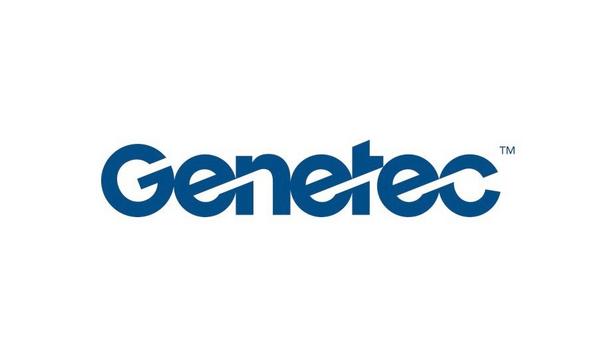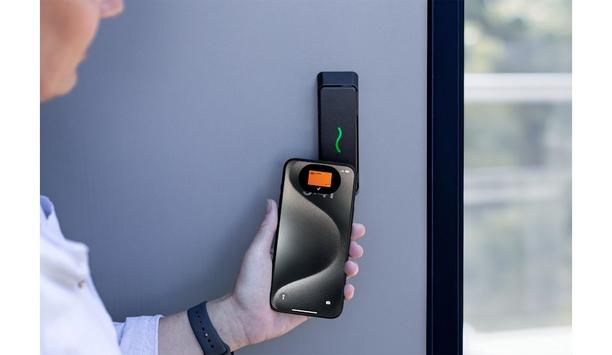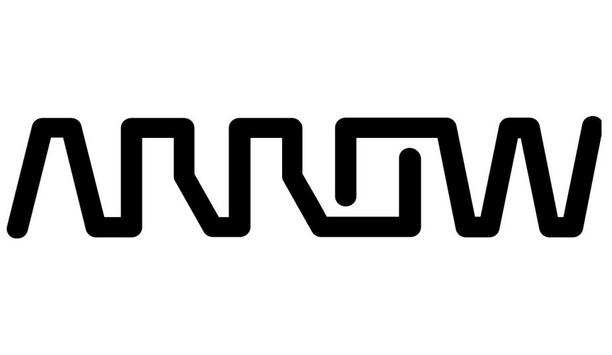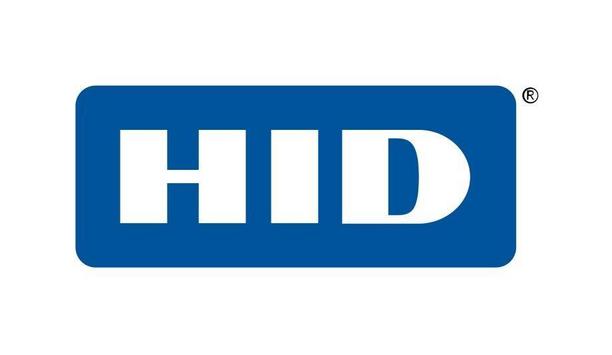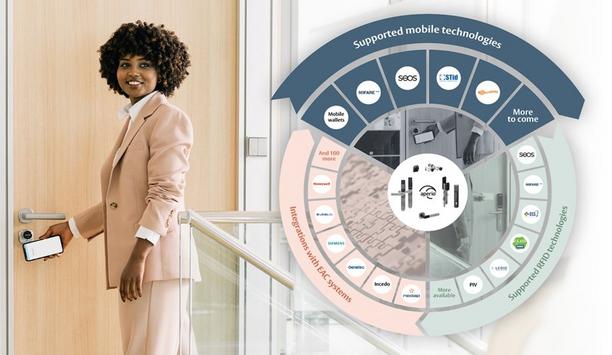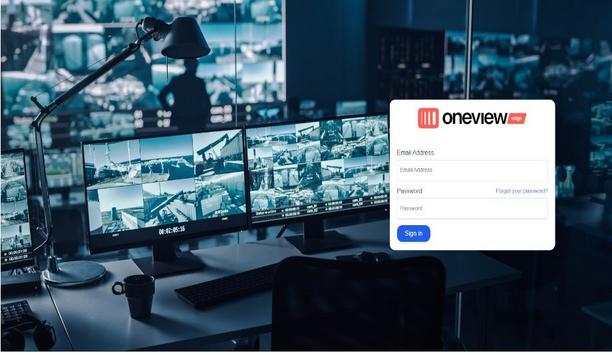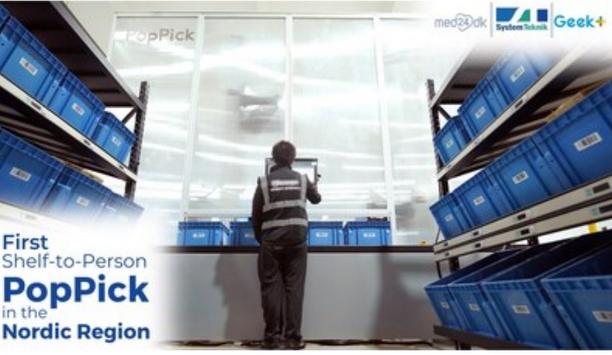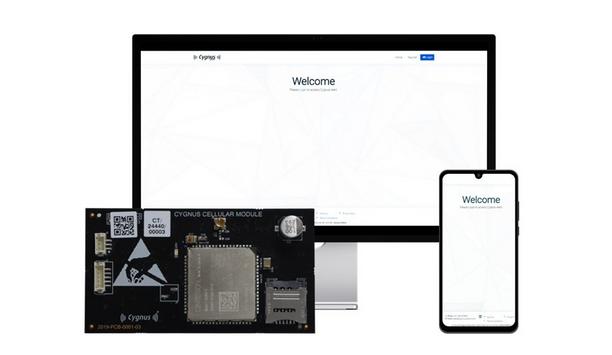Which Standards Have Had The Greatest Positive Impact On Physical Security?
Editor Introduction
In the complex world of physical security systems, standards can enable disparate systems to be combined to function together as a cohesive whole. Standards help to ensure that all the “pieces” fit together to create a clear, unified picture. More broadly speaking, standards also play a role in ensuring best practices are deployed in a range of security-related situations.
We asked this week’s Expert Panel Roundtable: Which standards have had the greatest positive impact on physical security?
The Software Bill of Materials (SBOM) standards mandated over the past year have enhanced visibility into software vulnerabilities and made physical security devices better defended than ever before. This visibility is critical – after all, you can’t fix something you don’t know is broken, and cybersecurity threats are more prevalent than ever. SBOM refers to a repository that helps identify in which network devices vulnerabilities exist, and also shows all the software components a vendor’s device relies on. The SBOM also provides the ability to review these software components before even purchasing a network device. Whether you’re setting up a device management system, hardening new devices, or looking into how the existing ones operate, it’s crucial to have actionable, real-time insights into vulnerabilities to proactively defend your network attack surface.
For video security systems, the adoption of H.264 led to significant improvements in the development and interoperability of IP-based security solutions. This video compression standard has ensured that different devices and software from various manufacturers work together seamlessly. This enabled compatibility was crucial to creating comprehensive security systems using components from different sources. Efficient video compression from both H.264 and H.265 continues to be vital for reducing the storage footprint and bandwidth requirements of high-resolution video. For systems with remote access or cloud storage infrastructure, it is essential. Specialized communication standards such as ONVIF have also been important when facilitating basic interoperability between network video devices. While image processing and API/SDKs developed by manufacturers can further improve image quality, reduce bandwidth, and enhance communication between components, industry standards guarantee a minimum level of interoperability. With today’s evolving cyber threats, it’s also important that more organizations adopt cybersecurity standards such as NIST’s FIPS 140-2 Level 3.
California recently passed its Senate Bill 553, requiring companies to establish their own workplace violence prevention standards. Companies in California must now keep records of all threats and incidents of workplace violence, as well as their responses to those threats and incidents. The passing of this Bill is a step in the right direction for corporate security and preventing workplace violence as it compels companies to keep track of their threat landscape and better protect their employees. The passing of this bill may also result in other states following suit. To help comply with the law, organizations will need to think about how to keep track of these incidents, which will be required by law in California starting in July 2024. Organizations that invest now in a centralized system of record will be well prepared to comply with the law by capturing all workplace threats and violent incidents and showing the work they have done to address each, including conducting investigations where required.
Where physical security systems implement measures and protocols to protect people, assets, and information, standards play a critical role in ensuring their effectiveness, reliability, and consistency – promoting best practices and benchmarking performance in the process. ISO 27001, for example, is recognized as the international standard that focuses on information security management systems, but its principles and framework can be applied to physical security also, and as such, it has helped to deliver a holistic approach to security management. For access control specifically, it’s crucial to identify the specific frameworks relevant to your region, systems and regulatory requirements, with regional or industry-specific standards, such as the British Standards Institution and its BS EN 60839 and BS EN 1209 classifications - to name a few - having driven continuous improvement across the industry. Similarly, the American National Standards Institute (ANSI) and the Builders Hardware Manufacturers Association (BHMA) have established several key standards such as the ANSI/BHMA A156 series, which addresses various types of hardware in the US. Finally, one of the most widely recognized and respected standards is the Physical Security Interoperability Alliance (PSIA) which provides comprehensive requirements for access control systems by focusing on interoperability, scalability, and functionality.
Editor Summary
Systems built on open standards are inherently more scalable and adaptable to future changes. As new technologies and systems emerge, the ability to integrate them seamlessly becomes crucial. Standards provide a bridge between the old and the new, allowing organizations to evolve their systems without getting locked into proprietary solutions.
- Related companies
- Axis Communications
- i-PRO
- SIGMA Threat Management, LLC
- Consort Architectural Hardware
- Related links
- Biometric Access control systems & kits
- Proximity Access control systems & kits
- Standalone / Networked Access control systems & kits
- Detection Software Video Surveillance software
- Standalone/Networkable Access control controllers
- IP Surveillance Software Video Surveillance software
- Management Software Video Surveillance software
- Monitoring Software Video Surveillance software
- Surveillance Software Video Surveillance software
- Axis Communications Access control controllers
- Axis Communications Video Surveillance software
- Related categories
- Video Surveillance software
- Access control controllers
- Access control systems & kits
- View all news from
- Axis Communications
- i-PRO
- SIGMA Threat Management, LLC
- Consort Architectural Hardware
Expert commentary
Security beat
Security bytes
- Getting To Know Dan Grimm, VP And General Manager Of Computer Vision At RealNetworks
- Big Wins And The Importance Of Showing Up: Insights From SecurityInformed.com Editor Larry Anderson
- Setting Goals, Business Travels And Radioactivity: Success Secrets From Tiandy's John Van Den Elzen
- Getting To Know Jeff Burgess, President/CEO At BCDVideo
Mobile access articles
Zenitel, a provider of intelligent communication solutions, announced the launch of two new door entry intercoms: the Turbine Extended Intercoms TEIV1+ and the TEIV4+. The new products display Zenite...
Physical security is essential for a modern production facility, users don’t want just anyone entering the building or accessing secure areas. But what about production machinery? Machine authe...
Barracuda Networks, Inc., a trusted partner and major provider of cloud-first security solutions, announced that Neal Bradbury has been elevated to the role of Chief Product Officer. In this new role...
Genetec Inc., a renowned technology provider of unified security, public safety, operations, and business intelligence solutions, announced that its new enterprise-grade SaaS solution, Security Center...
Gallagher Security announced the latest release of their award-winning security site management software, Command Center v9.10, marking a significant evolution for the security platform trusted to pro...
Gunnebo Entrance Control has announced its acquisition of DG Concept and Diadem, a French entrance control, design, installation, and service specialist, marking a significant step in reinforcing its...
Global technology solutions provider - Arrow Electronics, Inc. (ARW) announced that Broadcom selected it as the sole provider for its CloudHealth from VMware offering. CloudHealth is designed to help...
In an industry-first, Safetrust provisions employee and visitor badges directly into Apple Wallet via an email link or text message, eliminating the need to download an application. This innovative a...
HID, a worldwide pioneer in trusted identity solutions, announces the availability of its new HID Seos Essential Bundle, providing small to mid-size businesses (SMBs) in Europe with the benefits of ad...
Compatibility with a range of credential technologies can be a critical factor when selecting access control. As organizations across the world explore a move to mobile keys for access, it is more imp...
DigiCert, a major global provider of digital trust, reconfirmed its commitment to standards and compliance with the successful completion of 31 audits within a 12-month period. These audits include a...
Interface Systems, a major managed service provider of business security, actionable insights, and purpose-built networks for multi-location businesses, announced that it is releasing an enhanced cust...
Federation of Gujarat Industries (FG)), Vadodara has conferred the Outstanding MSME Excellence Award at the 18th FGI Awards presentation ceremony. The objective behind the institution of these awards...
Geekplus, the global pioneer in mobile robot and smart logistics solutions, has deployed the first Shelf-to-Person PopPick project in the Nordics for one of the biggest online pharmacy wholesaler...
The Cygnus ALERT notification and monitoring platform is a cloud-based solution designed to strengthen site safety. Using Cygnus ALERT, construction professionals and site administrators can receiv...
Multi-Residential Access Management And Security
DownloadGuide For HAAS: New Choice Of SMB Security System
DownloadPrecision And Intelligence: LiDAR's Role In Modern Security Ecosystems
DownloadHikvision: Solar Powered Product Introduction + HCP
DownloadFacial Recognition
DownloadVerkada TD52 Cloud-Based Video Intercom
exacqVision IP08-64T-R1XW-E X-Series 1U Rdnt IP NVR 64TB RAID5 Windows OS with 8 IP Ent Lic
Climax Technology TouchPanel-3 7” Color Graphic Touchscreen Panel












